Did you know vaping incidents in schools and public spaces have surged by over 30 percent in the past year alone? As vaping devices become more discreet, the need for effective vape detection technology has never been greater. In 2025, staying ahead of evolving vaping trends is essential for maintaining safe and compliant environments. This guide provides a clear overview of vape detection technology, exploring the latest advancements, practical implementation strategies, and key compliance issues. Discover how the evolution of detection, leading solutions, real-world applications, and future trends can help you take action and protect your community.
The Evolution of Vape Detection Technology
Vaping has surged in popularity, with 2024-2025 seeing record numbers of young people and adults using e-cigarettes in public spaces. This rise has created new challenges for schools, offices, and public venues, where administrators and facility managers must balance health, safety, and privacy. As vape use becomes more discreet and widespread, the demand for advanced vape detection technology has never been higher.
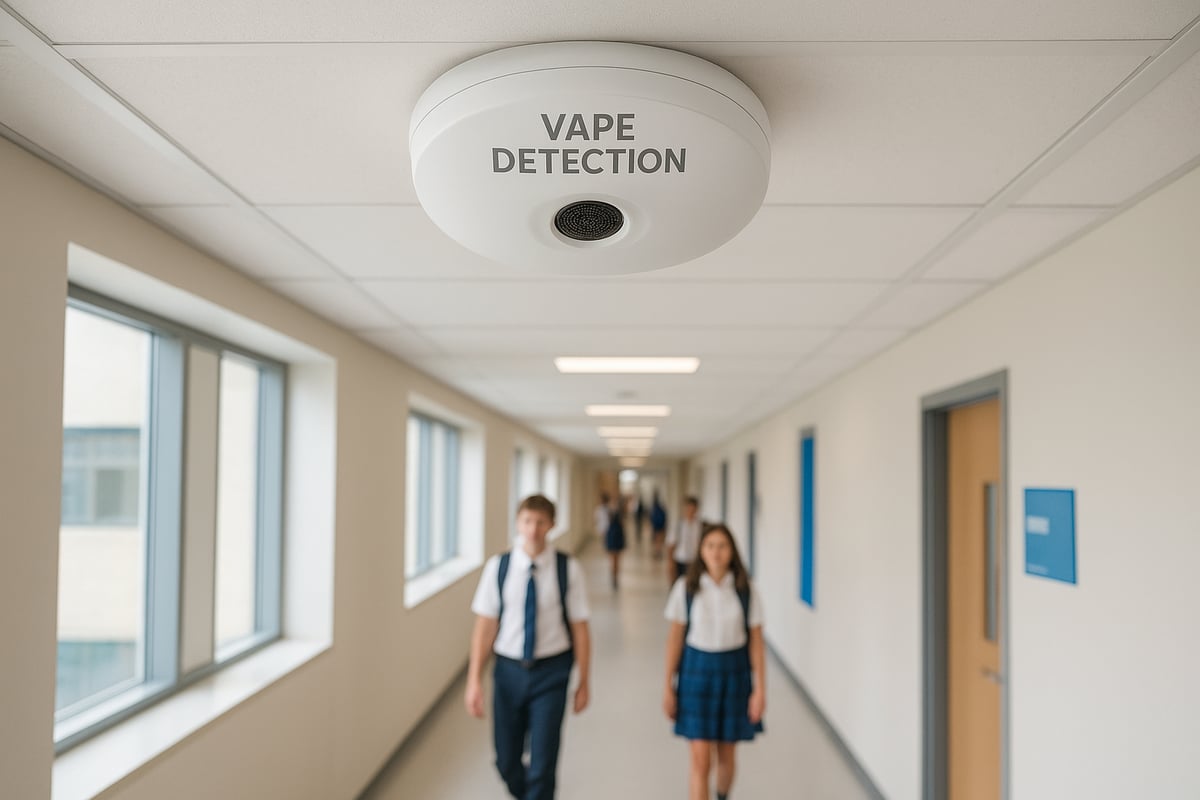
The Rise of Vaping and Its Impact on Public Spaces
Recent statistics reveal that vaping rates have climbed sharply, especially among teenagers and young adults. In 2024, over 15% of UK secondary students reported trying e-cigarettes, with similar trends mirrored globally.
This shift has significant implications for schools, offices, and leisure venues. Administrators face increased incidents of vaping in toilets, corridors, and break areas, making manual monitoring insufficient. Facility managers struggle to enforce no-vaping policies without reliable tools. The growing prevalence of vaping has made vape detection technology essential for maintaining safe, compliant, and healthy environments.
Early Detection Methods: Strengths and Limitations
Initial efforts to address vaping relied on traditional smoke detectors and manual supervision. While smoke detectors could alert staff to cigarette use, they were largely ineffective at sensing vapour from e-cigarettes, which produces fewer particulates and dissipates quickly.
Manual monitoring, such as staff patrols or CCTV, was labour-intensive and often failed to catch discreet vaping. These early approaches led to frequent false positives, such as mistaking steam for vapour, and many incidents went undetected. The limitations of these systems highlighted the urgent need for dedicated vape detection technology that could accurately identify vaping events without excessive disruption.
Technological Advancements Leading to 2025
The development of air quality sensors and artificial intelligence has transformed vape detection technology. New multi-sensor systems can detect a wide range of substances, including nicotine, THC, and synthetic cannabinoids, by analysing particulate matter and volatile organic compounds in the air.
AI-powered analytics enable these systems to distinguish between harmless aerosols and actual vaping, reducing false alarms. Integration with building management platforms allows for seamless monitoring and rapid response. For a detailed explanation of how these advancements work, see How Vape Detection Works.
Data and Case Studies: Effectiveness Over Time
Data from schools and offices adopting modern vape detection technology shows marked improvements. For example, one secondary school reported a 70% reduction in vaping incidents within two months of installing advanced sensors.
| Setting | Incident Rate Before | Incident Rate After | Reduction (%) |
|---|---|---|---|
| Secondary School | 30/month | 9/month | 70 |
| Office Complex | 12/month | 3/month | 75 |
Industry reports confirm these trends, with facilities noting fewer disciplinary issues and improved air quality. Such results underscore the effectiveness of vape detection technology in real-world environments.
Key Challenges That Remain
Despite technological progress, challenges persist. Some users develop evasion tactics, such as vaping near open windows or covering sensors.
Privacy concerns arise as detection systems collect environmental data, requiring strict adherence to data protection laws. Regulatory changes also present hurdles, as policymakers balance safety with individual rights. The ongoing evolution of vaping products means that vape detection technology must continue to innovate, adapting to new substances and usage patterns.
Core Vape Detection Technologies in 2025
Vape detection technology has evolved rapidly in recent years, offering robust solutions for identifying vaping incidents in a range of environments. In 2025, the sophistication of these systems is at an all-time high, combining advanced sensors, intelligent algorithms, and seamless integration with facility management. Understanding the core components behind these innovations is essential for anyone considering deploying vape detection technology in their school, office, or public venue.

Air Quality and Chemical Sensors: How They Work
Modern vape detection technology relies heavily on air quality and chemical sensors. These sensors are engineered to detect trace amounts of nicotine, THC, and a variety of synthetic substances released during vaping.
Sensors such as photoionisation detectors and metal oxide semiconductors can identify both particulate matter and volatile organic compounds (VOCs). This sensitivity allows vape detection technology to distinguish between vapour and other airborne contaminants.
By focusing on the unique chemical signatures of e-cigarettes, these sensors can minimise false alarms. Their ability to monitor for both visible and invisible emissions makes them a cornerstone of effective vape detection technology.
Artificial Intelligence and Machine Learning Integration
Artificial intelligence is transforming vape detection technology by enabling systems to learn from their environments. AI algorithms analyse sensor data, identifying patterns that signify vaping while ignoring harmless changes in air quality.
Machine learning models are trained on extensive datasets to reduce false positives, such as mistaking aerosol sprays or steam for vapour. Over time, vape detection technology adapts to the specific conditions of each facility, enhancing detection accuracy.
This smart approach ensures that administrators receive reliable alerts, enabling swift intervention when vaping is detected.
Real-Time Monitoring and Alert Systems
One of the key strengths of vape detection technology in 2025 is its real-time monitoring capability. As soon as a vaping event is detected, notifications are sent instantly to designated personnel via mobile apps, email, or on-site alarms.
These alert systems can be integrated with existing security and facility management platforms, streamlining the response process. Multi-channel notifications ensure that incidents are not missed, regardless of where staff are located.
By enabling immediate action, real-time alerts help maintain a vape-free environment and demonstrate the value of vape detection technology.
Multi-Function Devices: Beyond Vape Detection
The latest vape detection technology often comes as part of multi-function devices. These units not only identify vaping but also monitor noise levels, occupancy, and overall air quality.
Such comprehensive monitoring supports broader safety and compliance objectives. For example, a school might use a single device to track both vaping incidents and classroom noise, creating a more holistic view of student behaviour.
A case study from a secondary school showed improved safety and reduced policy violations after installing multi-function vape detection technology.
Installation and Connectivity Options
When considering vape detection technology, installation flexibility is crucial. Systems are available in both wired and wireless configurations, catering to new builds and retrofits alike.
Connectivity options include cloud-based data management for remote access and on-premises solutions for enhanced privacy. Many units are designed for easy installation, with plug-and-play features that reduce downtime.
Scalability is another advantage, allowing organisations to expand coverage as needs evolve without significant infrastructure changes.
Maintenance, Updates, and System Reliability
Reliability is at the heart of effective vape detection technology. Automated firmware updates keep systems current with the latest threat profiles and detection methods.
Built-in health monitoring tools alert administrators to any issues, preventing downtime and ensuring continuous protection. Service level agreements often include regular maintenance checks and responsive technical support.
This proactive approach minimises the risk of missed incidents and maximises the long-term value of vape detection technology for any organisation.
Leading Providers and Market Overview
The vape detection technology market in 2025 is shaped by several leading brands, each offering unique features. Providers compete on detection accuracy, integration capabilities, and user-friendly interfaces.
| Provider | Detection Accuracy | Key Features | Customer Feedback |
|---|---|---|---|
| Vape Guardian | 96 percent | Multi-sensor, real time alerts | Highly rated for support |
| Company B | 92 percent | Air quality, noise | Easy installation |
| Company C | 90 percent | AI analytics, cloud | Flexible scalability |
For a detailed comparison of the best solutions available, see the Best Vape Detectors Compared resource. Market adoption is growing rapidly, with schools and offices citing significant reductions in incidents after implementation.
Vape detection technology continues to set new standards for safety and compliance in public spaces.
Implementing Vape Detection Systems: Step-by-Step Guide
Implementing vape detection technology in your facility requires a structured approach to ensure effectiveness, compliance, and long-term impact. This step-by-step guide will walk you through every stage, from initial assessment to ongoing optimisation. Each phase is crucial for maximising the return on your investment and supporting a healthier, safer environment.
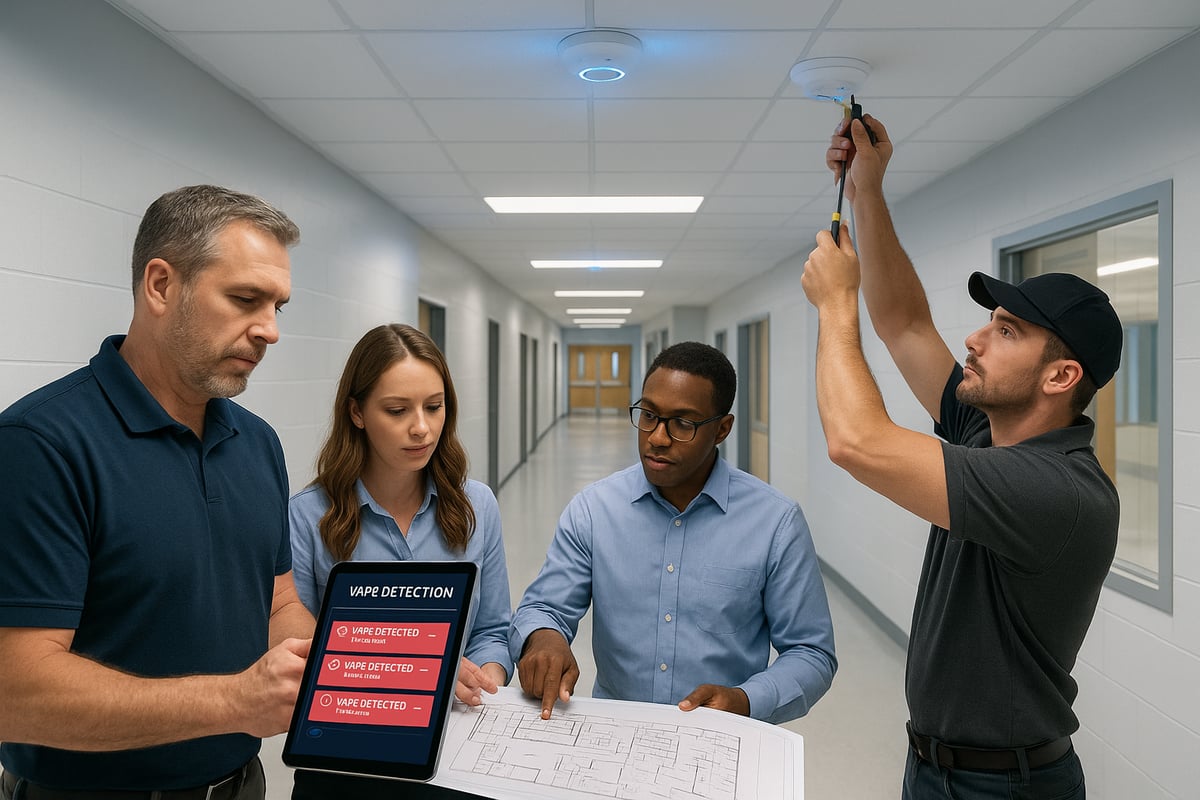
Assessing Your Environment and Detection Needs
The first step in deploying vape detection technology is a thorough assessment of your environment. Identify high risk zones such as toilets, changing rooms, stairwells, and secluded corridors. Patterns of vaping incidents often emerge in these less supervised areas.
Consult with key stakeholders, including administrators, IT, and security personnel, to understand compliance requirements and organisational objectives. Schools and offices will have different security expectations and privacy considerations. For a detailed overview of practical implementation in education, see the Vape Detection in Schools resource.
Document specific needs, such as alert preferences, data retention, and integration with existing systems. This foundational work ensures your vape detection technology delivers targeted results from the outset.
Selecting the Right Technology and Features
Choosing the best vape detection technology involves evaluating sensor types, detection accuracy, and additional features. Look for solutions with a proven record of identifying nicotine, THC, and synthetic substances with minimal false positives.
Balance cost considerations with privacy and compliance. Compare vendor offerings using a checklist that includes:
- Detection sensitivity and specificity
- Data security measures
- Integration capabilities
- Ongoing support and updates
Prioritise technology that aligns with your environment’s unique needs and regulatory obligations.
Installation Planning and Best Practices
Proper installation is critical for the reliability of vape detection technology. Begin with a comprehensive site survey to determine optimal sensor placement, focusing on high risk zones identified earlier.
Minimise disruption by scheduling installation outside peak hours and communicating plans in advance. Wired and wireless sensors each have advantages, so select the option that best fits your facility’s infrastructure. Ensure coverage overlaps to avoid blind spots.
Test connectivity and system integration thoroughly before going live.
Staff Training and Policy Integration
Investing in staff training guarantees your vape detection technology is used to its full potential. Develop protocols for security, maintenance, and incident response tailored to your organisation’s structure.
Integrate detection with existing disciplinary or HR policies. Clear communication plans for students and employees foster transparency and cooperation. Training sessions should cover system features, alert handling, and privacy safeguards.
Ongoing education keeps staff updated as technology and policies evolve.
Monitoring, Alerts, and Incident Response
Effective monitoring is at the heart of vape detection technology. Configure alert thresholds based on your facility’s needs and risk tolerance.
Utilise real-time dashboards for oversight. Set up multi-channel notifications through mobile, email, and on-site alarms for rapid response. Establish clear documentation and escalation procedures for incidents, ensuring every event is recorded and managed consistently.
Regularly review alert data to identify patterns and refine response strategies.
Ongoing Maintenance and System Optimisation
Maintain your vape detection technology with scheduled system checks and updates. Automated firmware updates and health monitoring help prevent downtime and ensure peak performance.
Analyse incident data to inform continuous improvement. Review policies and procedures at regular intervals, adapting as new threats or regulatory changes arise.
A proactive approach to maintenance extends system lifespan and preserves your investment’s value.
Legal, Ethical, and Privacy Considerations
The rapid adoption of vape detection technology brings a complex landscape of legal, ethical, and privacy challenges. As organisations look to safeguard their communities in 2025, understanding the interplay between compliance, rights, and responsibility is essential. This section explores how to navigate these issues with confidence and integrity.
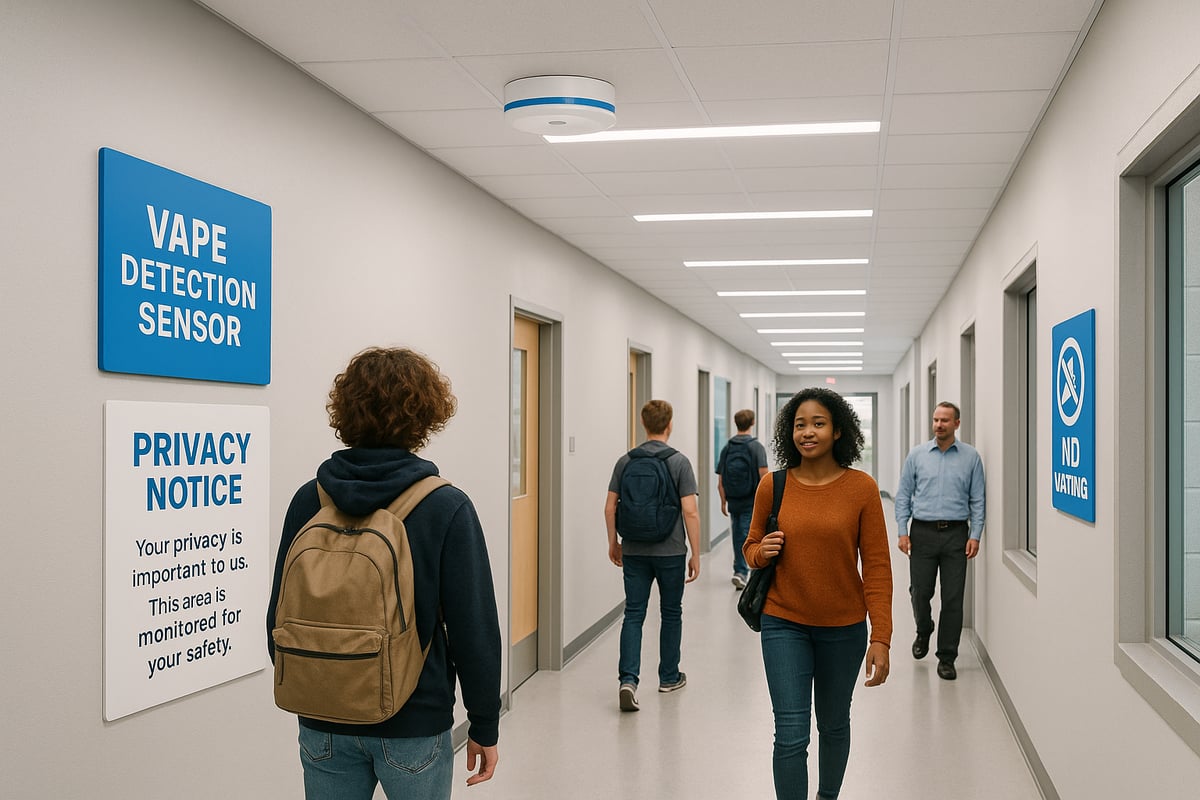
Regulatory Landscape for Vape Detection in 2025
Vape detection technology must align with evolving regulations across the UK and internationally. In 2025, schools and workplaces face stricter guidelines on surveillance, data collection, and health standards. The Department for Education and the Information Commissioner’s Office both set requirements for lawful monitoring, ensuring that vape detection technology is justified and proportionate.
Legislation now mandates transparency and data minimisation, particularly in environments involving minors or employees. As regulatory frameworks advance, organisations must stay informed about updates and seek legal guidance to ensure compliance. For a broader view of how regulations and technological advances are shaping this field, see Vaping in 2025: How Smart Detection Tech Provides a Solution.
Balancing Detection and Privacy Rights
As vape detection technology becomes more sophisticated, balancing safety with privacy is vital. Data collected by sensors can include environmental and behavioural information. To maintain trust, organisations should anonymise data wherever possible and limit access to authorised personnel.
Best practices require clear communication about why and how vape detection technology is used. Transparent privacy notices, regular audits, and staff training help prevent misuse. Demonstrating a commitment to privacy not only protects individuals but also strengthens community confidence in the system.
Ethical Use of Detection Technology
Using vape detection technology responsibly means avoiding over-surveillance and ensuring that monitoring serves only legitimate safety goals. Ethical considerations include assessing the proportionality of monitoring and ensuring it is not used to target specific groups.
Community engagement is crucial. Involving students, staff, and parents in discussions about vape detection technology fosters understanding and trust. By prioritising fairness and non-discrimination, organisations can deploy these systems as a positive force for wellbeing.
Policy Development and Enforcement
Effective use of vape detection technology relies on robust policies. These should outline where sensors are installed, how alerts are handled, and the consequences of violations. Integrating detection data with existing disciplinary processes helps deliver consistent, fair outcomes.
Staff must be equipped with clear protocols for responding to alerts, supported by ongoing training. For comprehensive guidance on incident response, consult the Guide to Handling Vaping Alerts. Regular policy reviews and open feedback channels ensure that procedures remain effective and compliant.
Addressing Parental, Employee, and Public Concerns
Introducing vape detection technology often raises questions from parents, employees, and the wider public. Proactive communication is essential. Share the rationale, benefits, and safeguards behind the technology through meetings, newsletters, and policy documents.
Listening to concerns and dispelling misconceptions helps build acceptance. Highlighting success stories and improvements in safety can reassure stakeholders that the introduction of vape detection technology is both necessary and thoughtfully managed.
The Future of Vape Detection: Trends and Predictions
As we look ahead, vape detection technology is set to transform further in response to shifting regulations, societal needs, and rapid advances in science. The future will be shaped by smarter sensors, broader applications, and a focus on data-driven prevention. Understanding these trends is crucial for anyone seeking to stay ahead in keeping environments safe and compliant.
Emerging Technologies and Innovations
By 2025, vape detection technology will benefit from breakthroughs in sensor miniaturisation, making devices less visible and more versatile. Advanced sensor materials are increasing sensitivity to a wider range of substances, including synthetic cannabinoids and flavour additives.
Artificial intelligence will play a pivotal role, enabling predictive analytics that anticipate vaping incidents before they escalate. Integration with smart building ecosystems will allow facilities to automate air filtration and security responses instantly.
For further insights into the technological leap, see The Future of Vaping in 2025: Innovations, Challenges, and Global Trends. These innovations ensure vape detection technology continues to outpace evolving user behaviours.
Expanding Applications Beyond Schools
While schools remain primary adopters, vape detection technology is expanding into leisure venues, retail spaces, and healthcare facilities. Cinemas, gyms, and hospitals now seek tailored solutions to address unique risk profiles and compliance demands.
Multi-functional devices provide not only vaping alerts but also monitor air quality and occupancy. This versatility supports broader health and safety initiatives, making vape detection technology a valuable asset in environments where public wellbeing is paramount.
According to The Top 10 Vaping Trends and Innovations in 2025, the demand for reliable detection systems in non-educational settings is projected to rise sharply as awareness of indoor air quality grows.
Data-Driven Prevention and Behavioural Insights
Modern vape detection technology generates actionable data, enabling facility managers to identify patterns and hotspots. This information is invaluable for developing targeted prevention strategies and collaborating with health authorities.
Data dashboards allow administrators to visualise trends, making it easier to adapt policies and educational programmes. By using detection data, schools and businesses can measure the effectiveness of interventions and drive long-term behaviour change.
The shift to data-driven prevention means vape detection technology is no longer just about catching incidents, but about fostering healthier environments through informed decision-making.
Global Adoption and Market Growth
The global market for vape detection technology is experiencing rapid expansion, with adoption rates soaring in Europe, North America, and Asia-Pacific. Key growth drivers include regulatory pressures, increased public awareness, and advances in sensor accuracy.
Market projections suggest significant growth through 2025 and beyond. Leading providers are deploying scalable solutions to meet the needs of diverse sectors, from education to hospitality.
For a detailed analysis of industry trends and international adoption, refer to The Future of Vaping in 2025: Innovations, Challenges, and Global Trends, which highlights the evolving landscape of vape detection technology worldwide.
Challenges Ahead: Privacy, Evasion, and Regulation
Despite progress, vape detection technology faces ongoing challenges. Users employ increasingly sophisticated evasion tactics, prompting continuous innovation in detection algorithms and sensor placement.
Privacy remains a top concern, particularly regarding data collection and user consent. Regulatory frameworks are evolving to address these issues, requiring providers to balance efficacy with respect for individual rights.
Staying compliant with local and international legislation is essential. The future of vape detection technology will depend on its ability to adapt to new privacy laws and outpace those seeking to circumvent detection.
Preparing for the Next Wave of Challenges
To future-proof their investment, organisations must prioritise ongoing staff training and policy reviews. Vape detection technology should be adaptable, supporting firmware updates and integration with emerging building management systems.
Fostering a culture of compliance and health is essential for long-term success. By investing in future-ready solutions and keeping pace with best practices, administrators can ensure their environments remain safe, responsive, and aligned with regulatory expectations.
As vape detection technology evolves, proactive leadership and a commitment to continuous improvement will be the keys to meeting tomorrow’s challenges.
As we’ve explored, staying ahead of evolving vaping trends in 2025 means understanding both the technology and the practical steps needed to protect your environment. Whether you’re responsible for a school, office, or leisure space, reliable detection and rapid response play a critical role in fostering safety and compliance. If you’d like to see exactly how Vape Guardian’s advanced sensor technology works and how it could fit within your setting, you can learn more about how it works. Take the next step towards a safer, healthier environment with confidence.
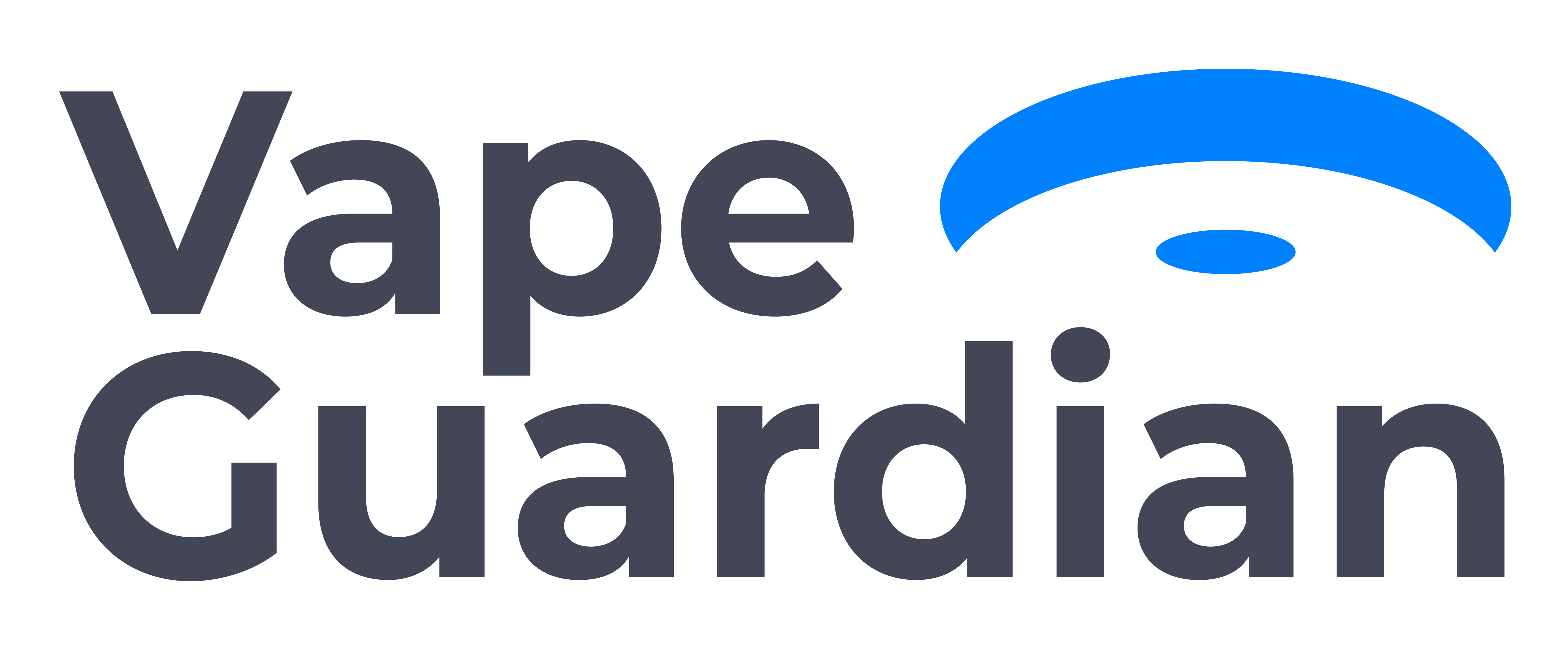
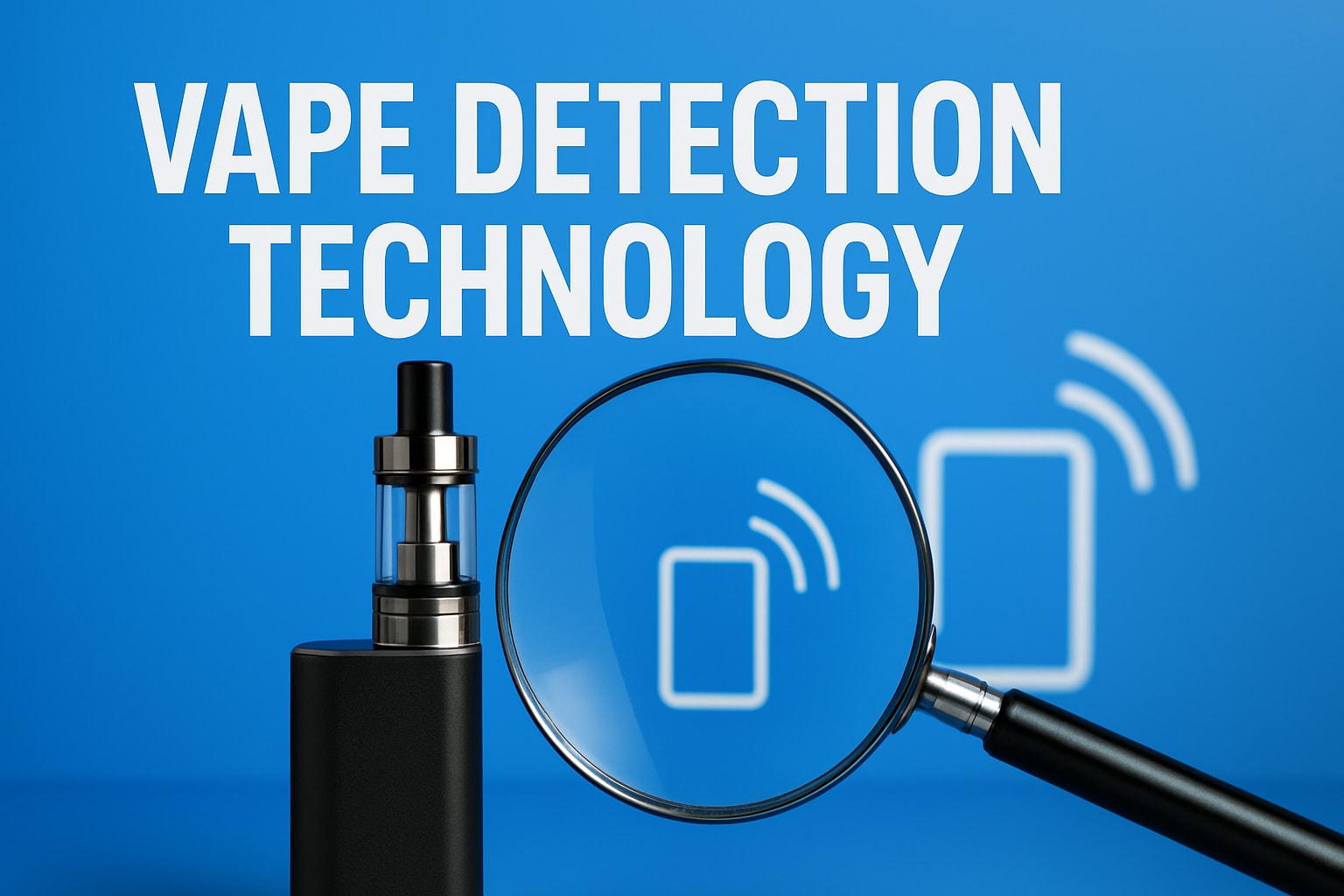
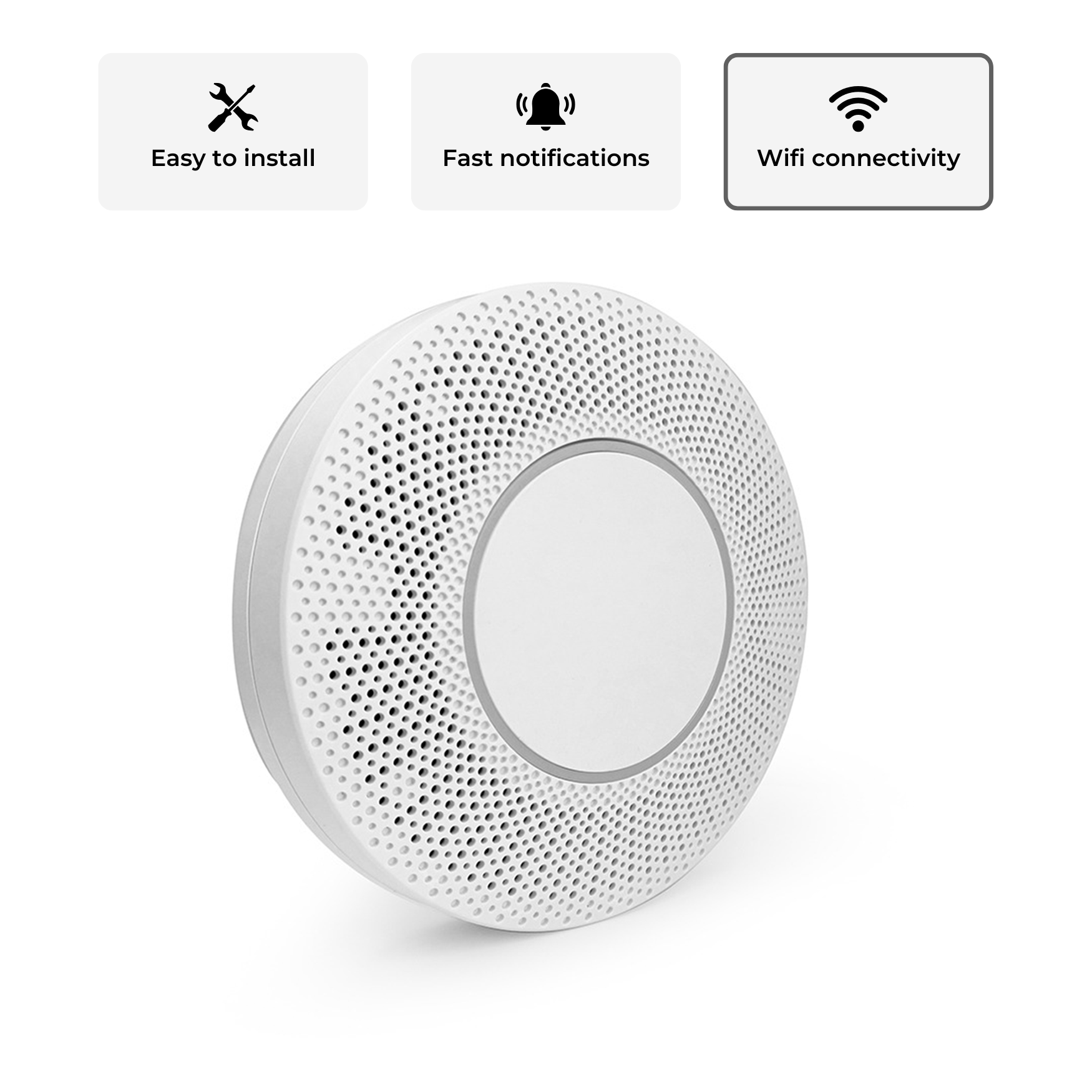
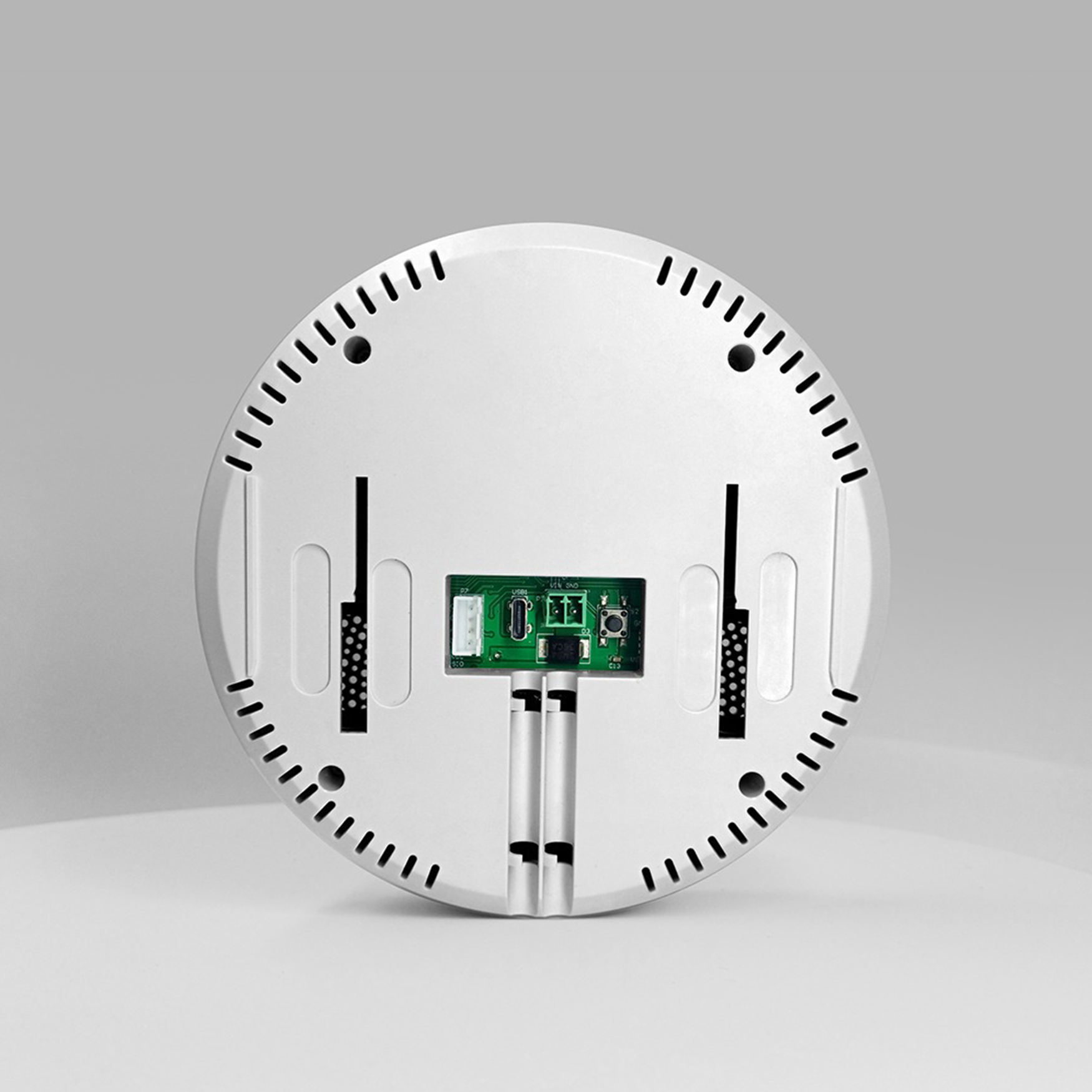
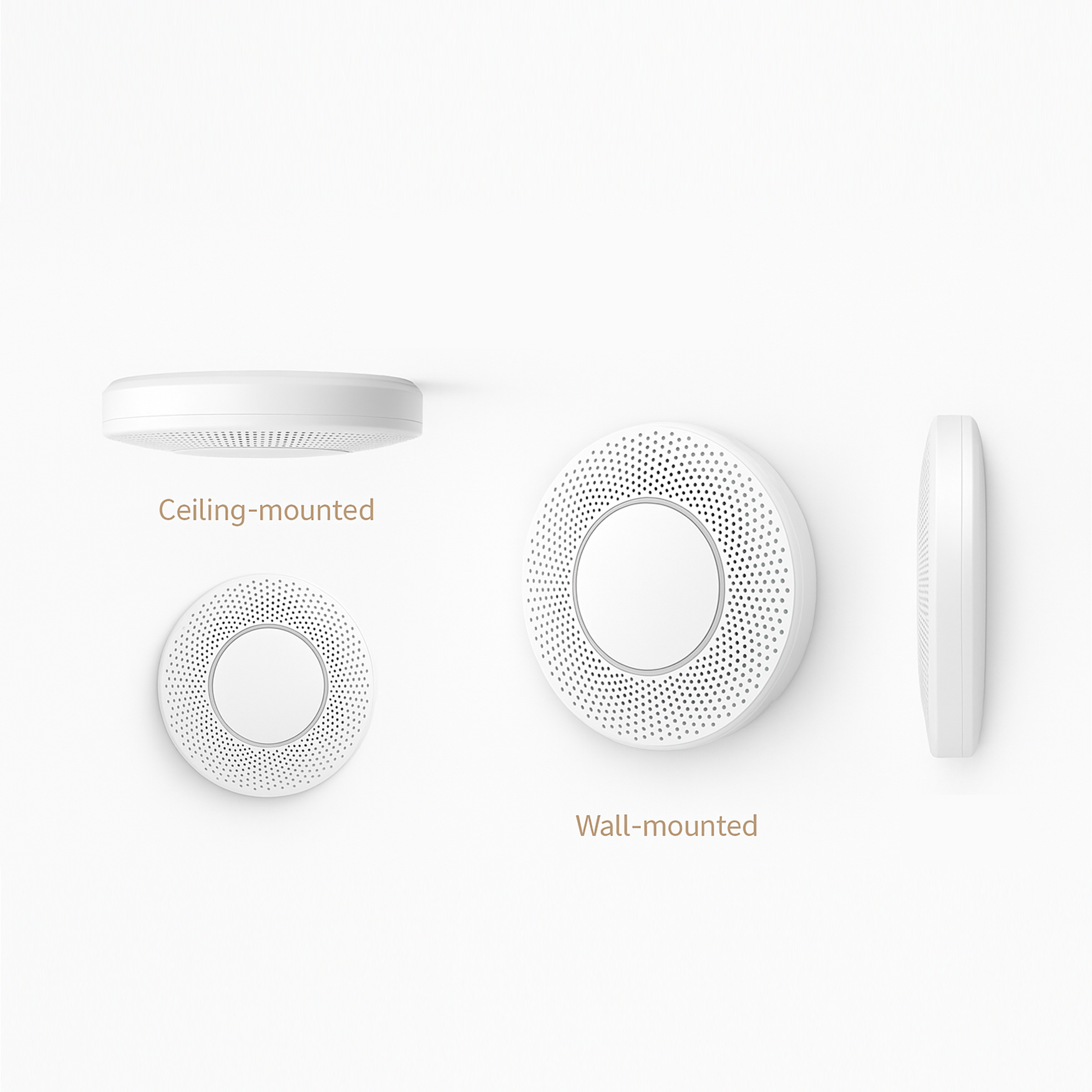
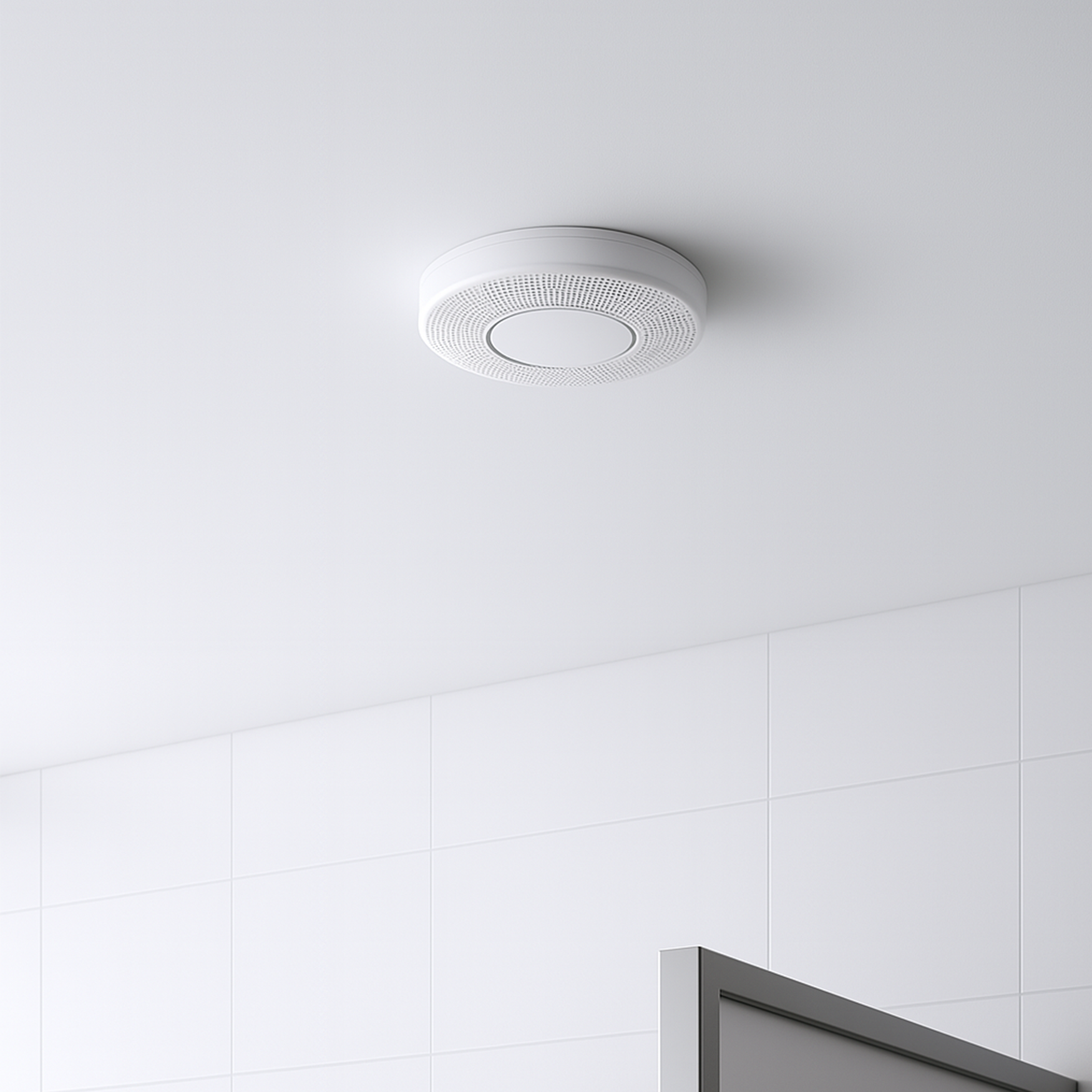
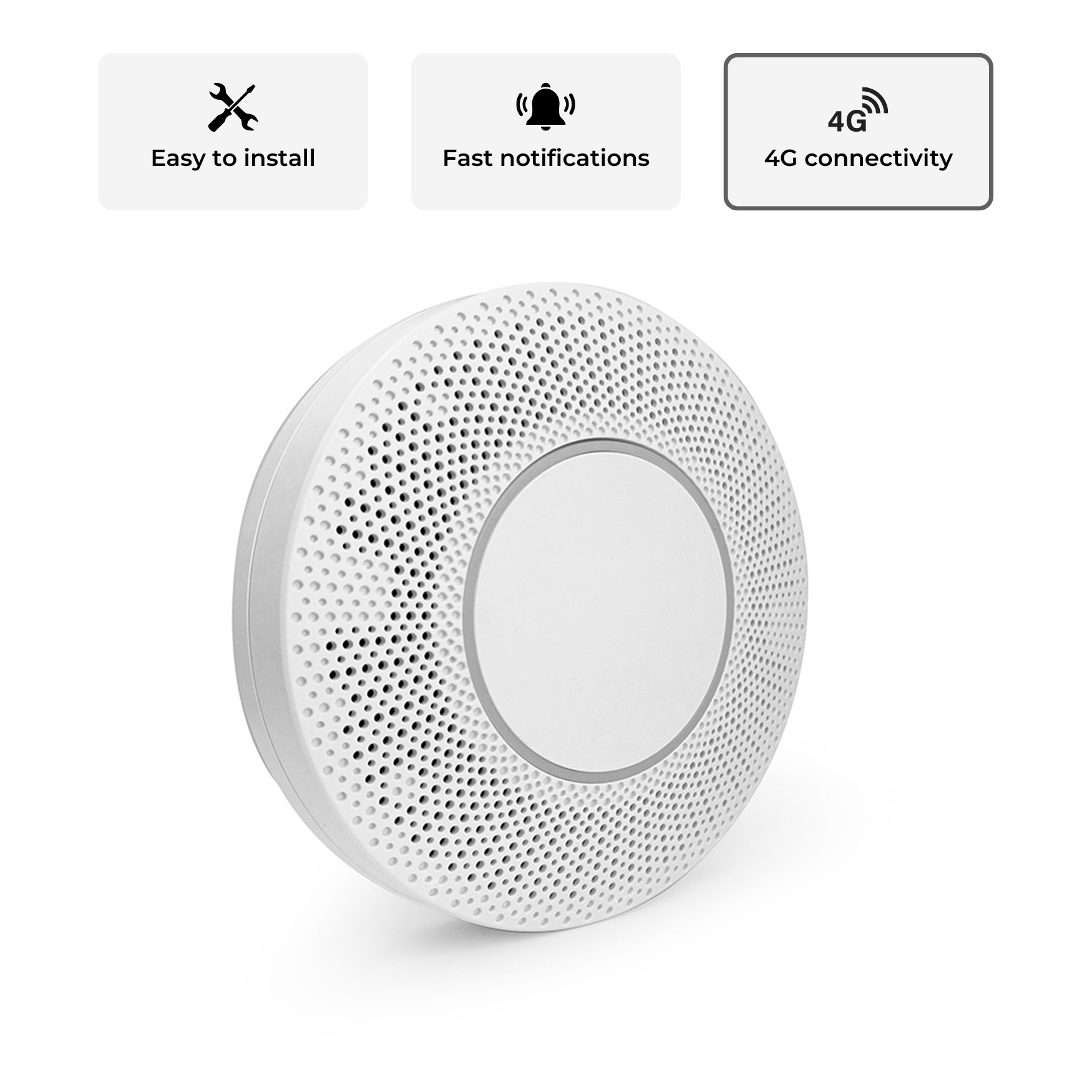
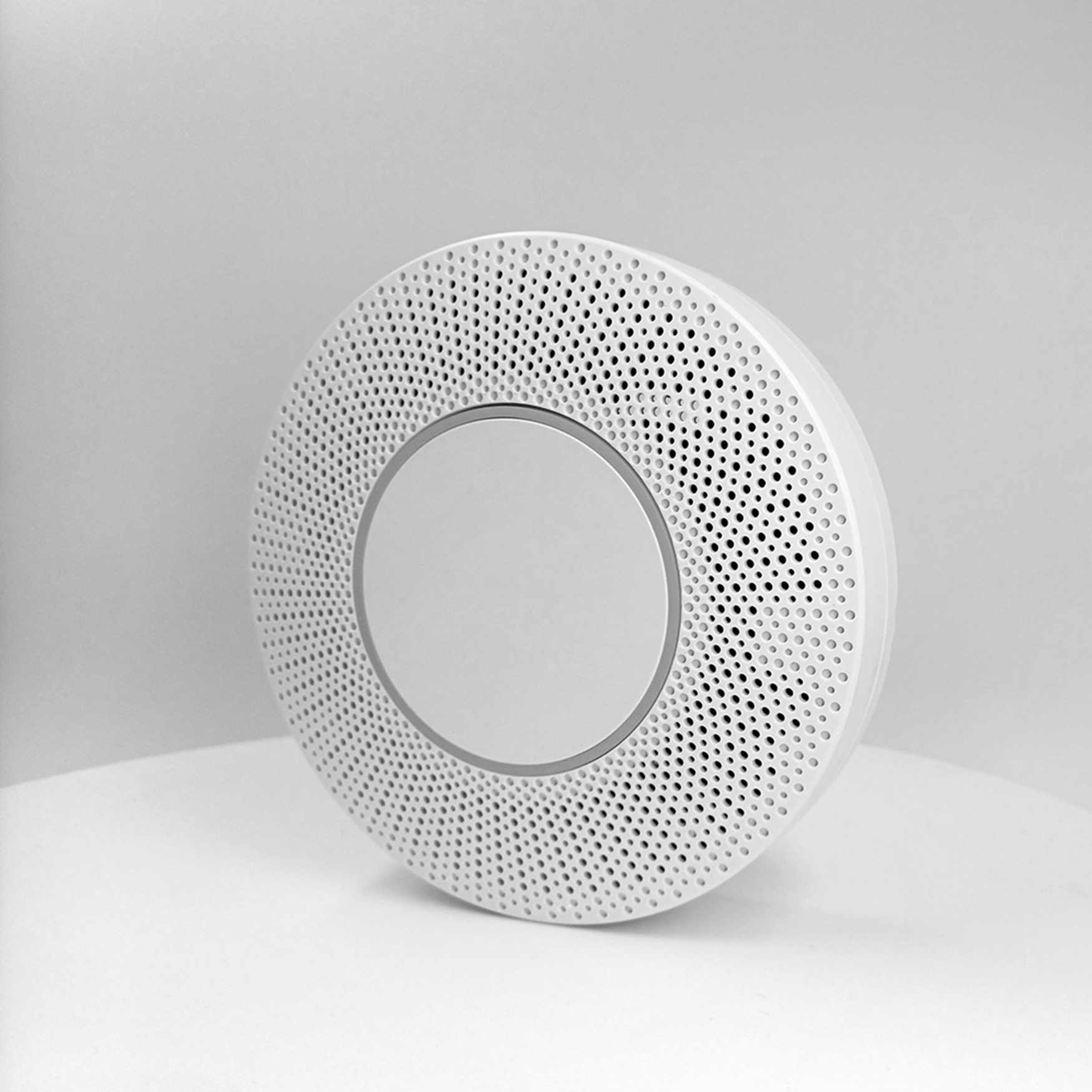
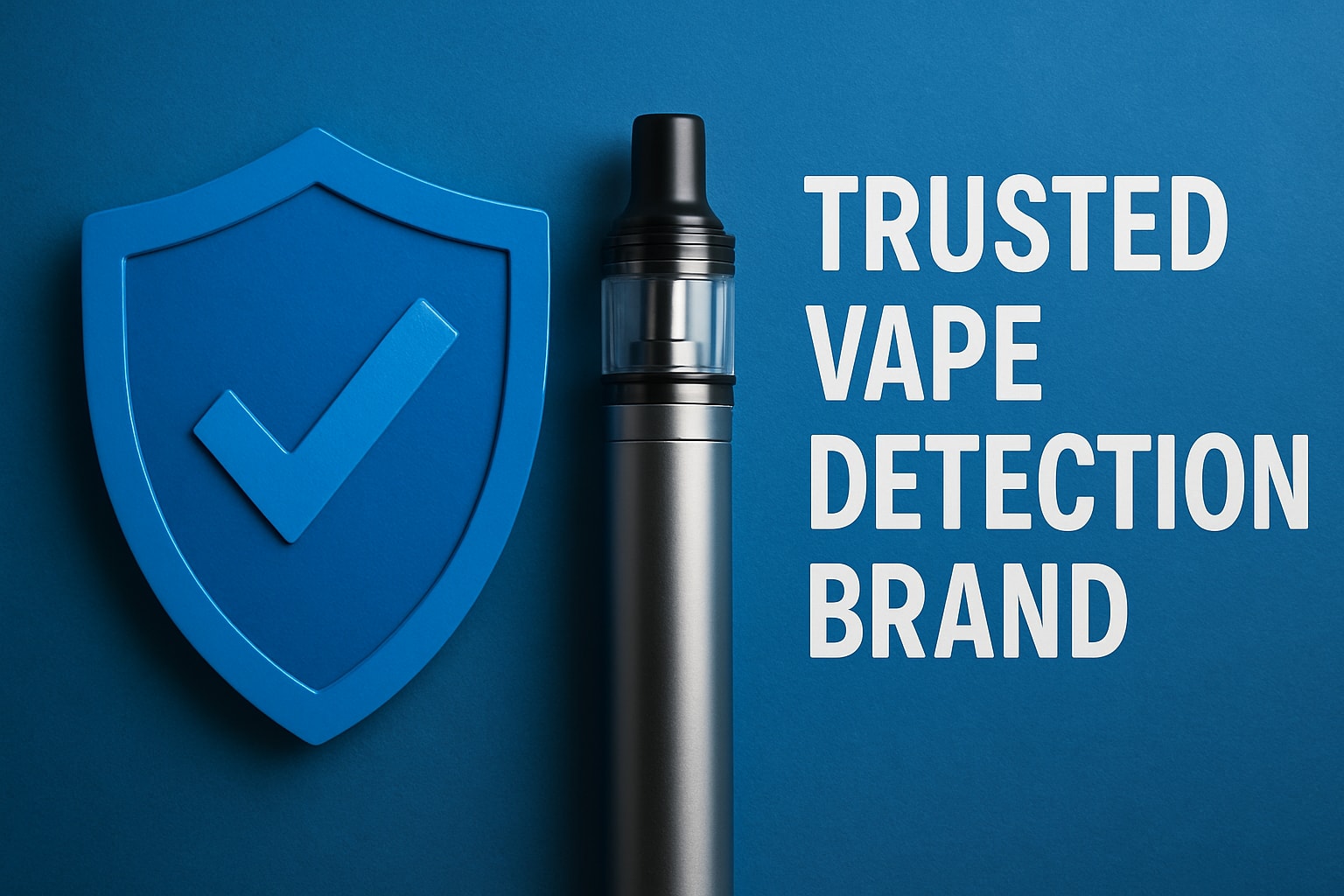
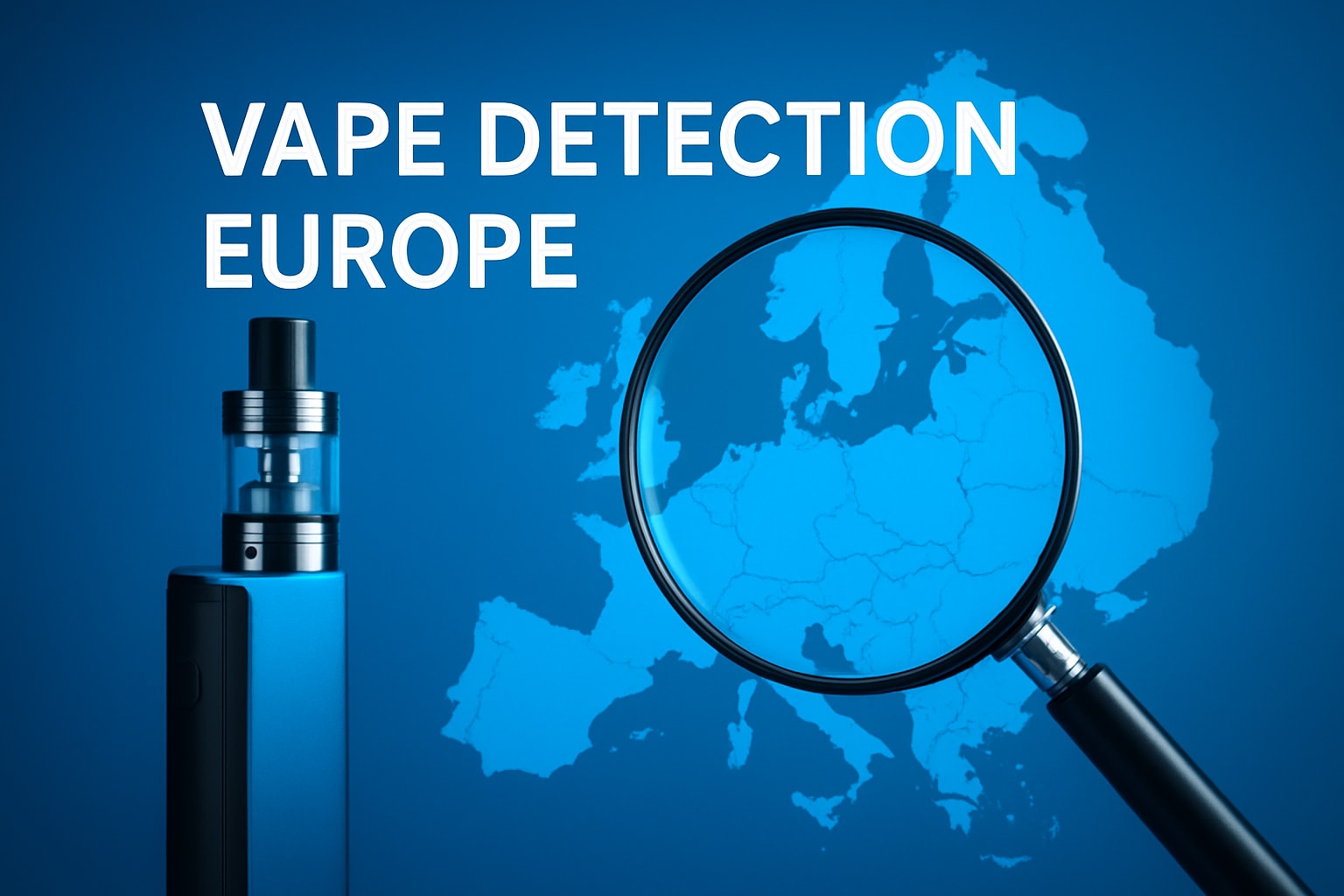
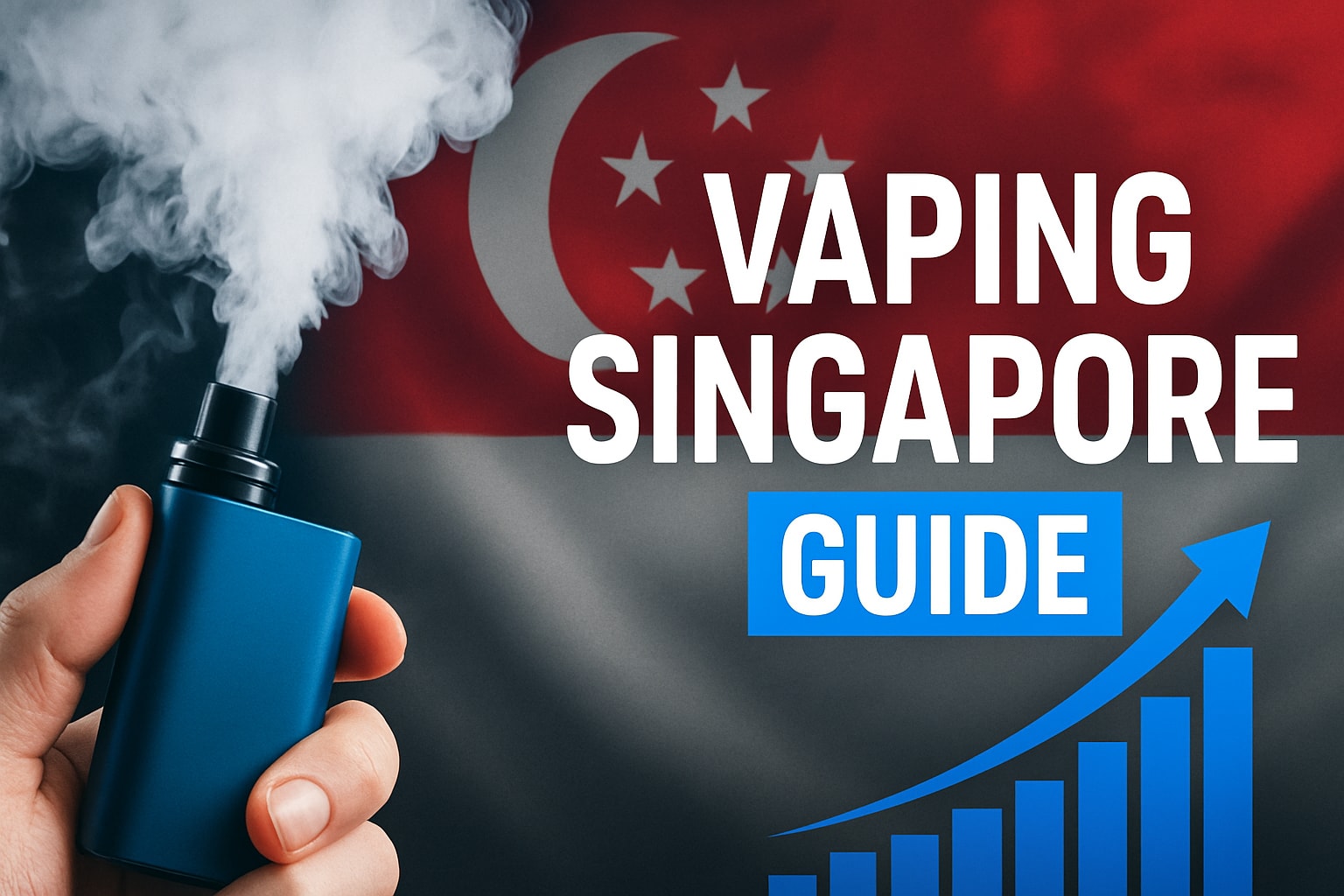
Share:
“Irreversible harm” warning on youth vaping: what schools and workplaces need to know
Vape Detection for Bathrooms: The Essential Guide 2025